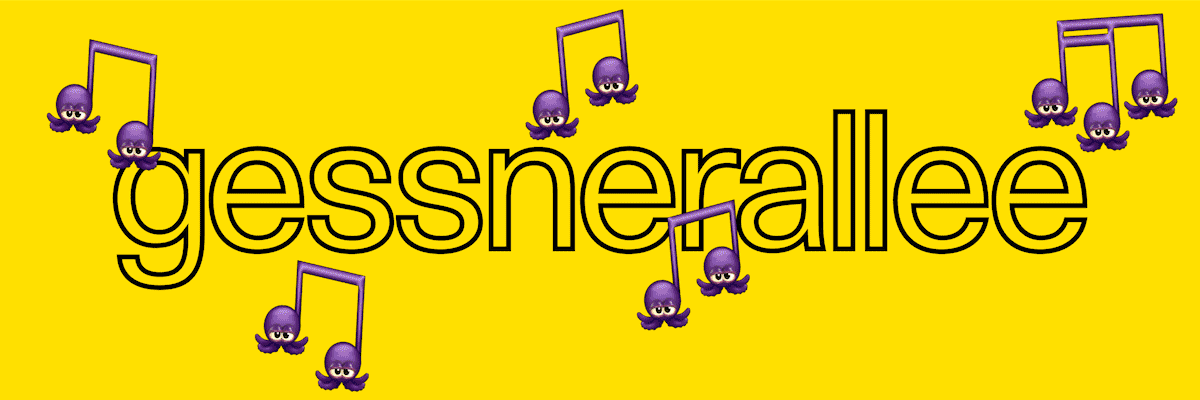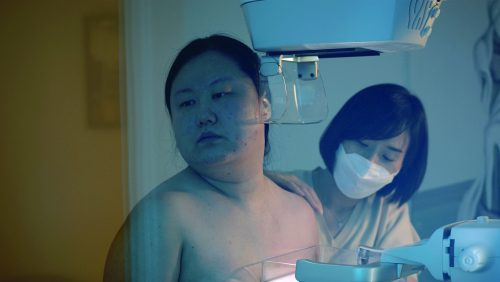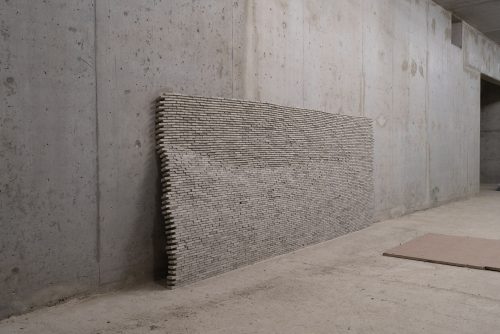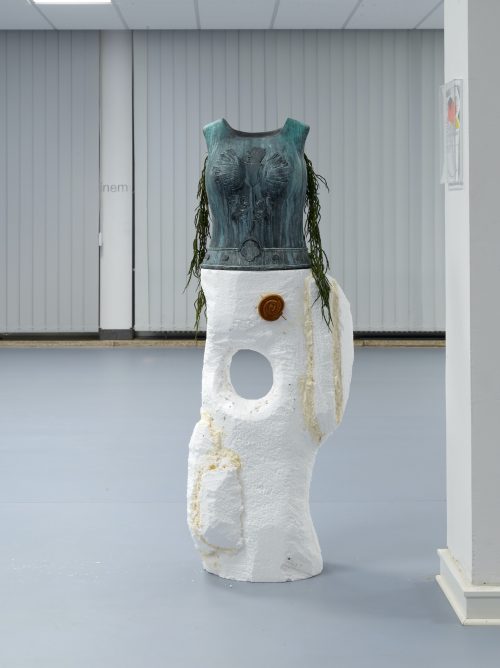
Ester Partegás
Refugio de Fachada Solar

Installation view.
Advertisement
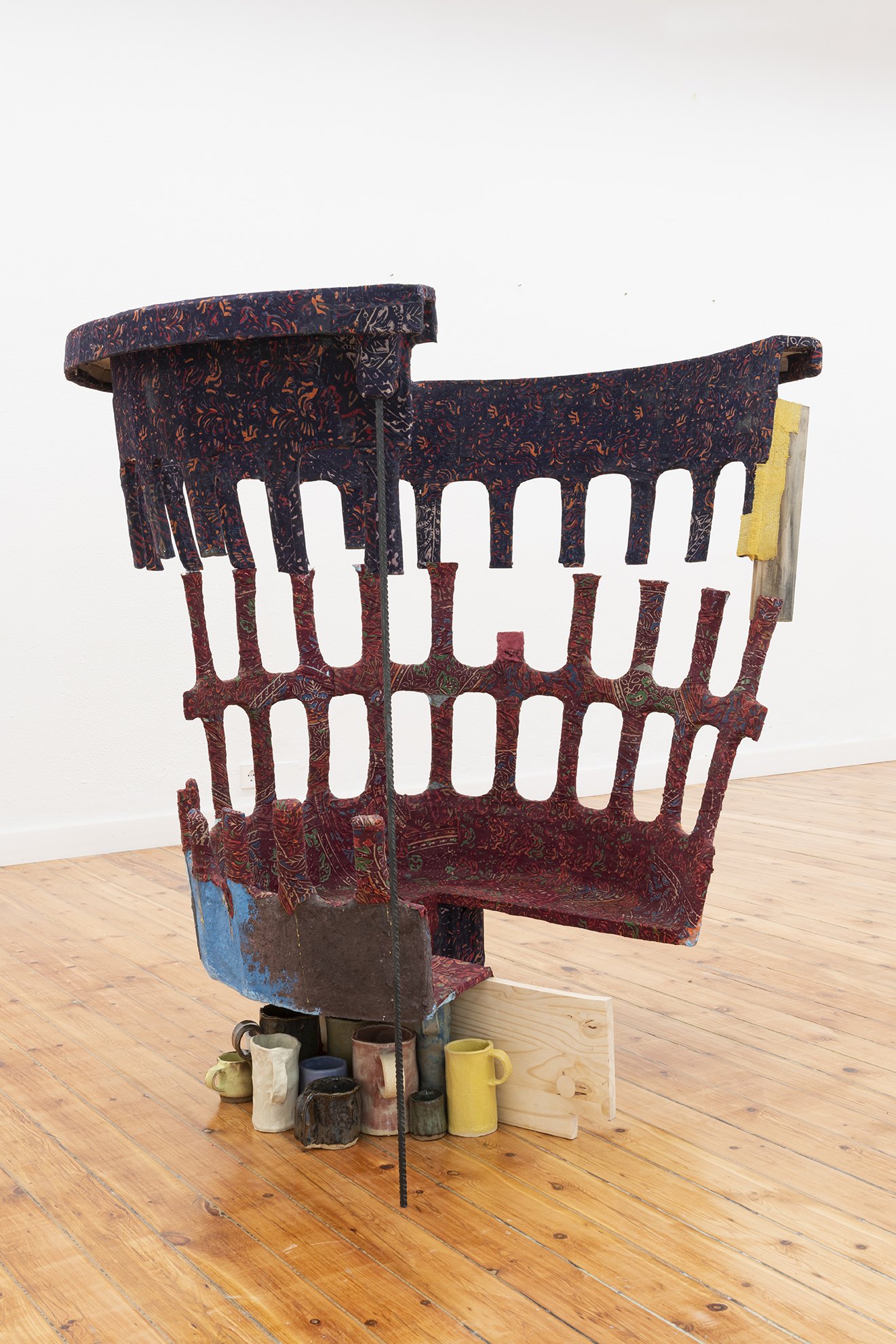
Ester Partegás, 'Shelter' (2022)
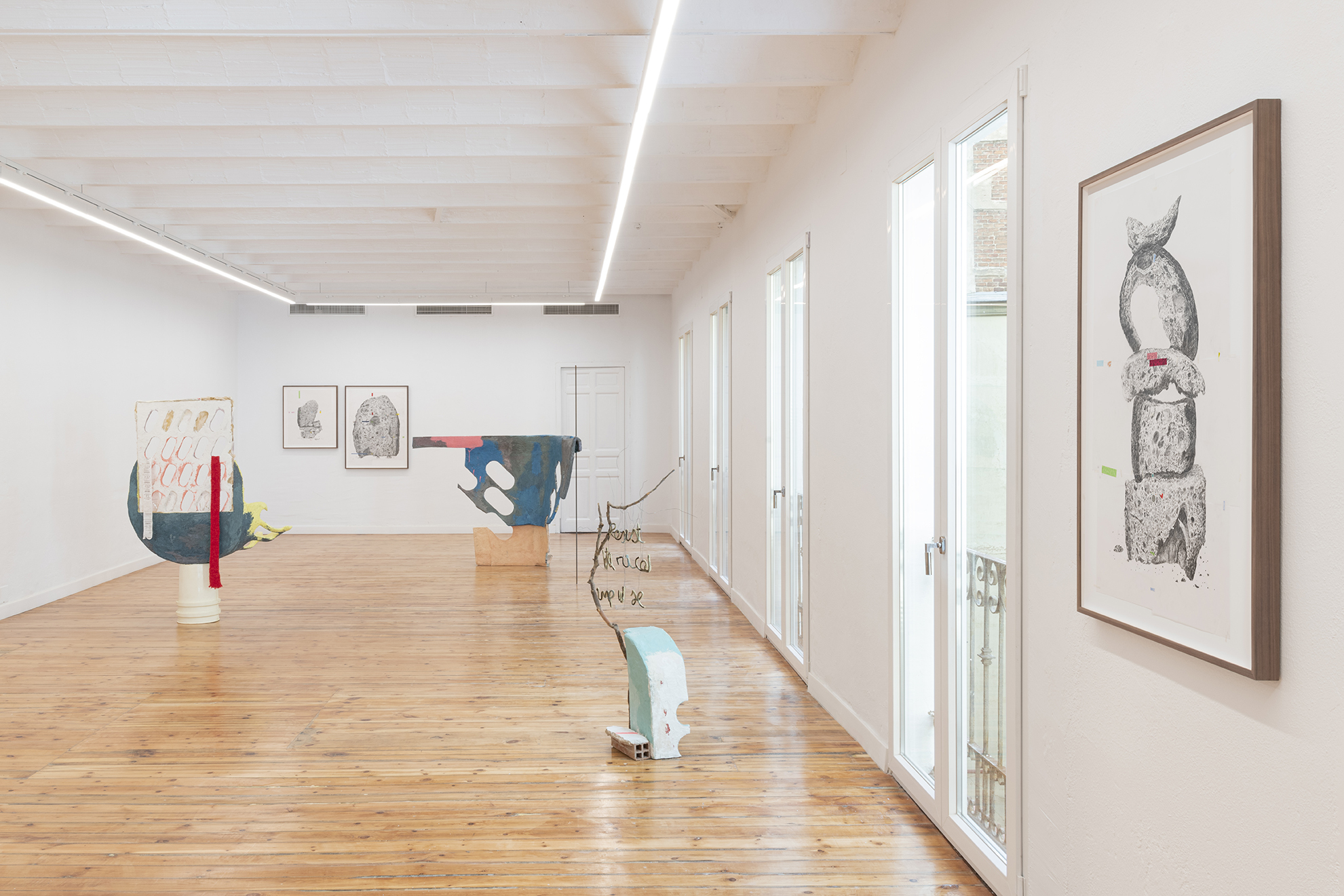
Installation view.
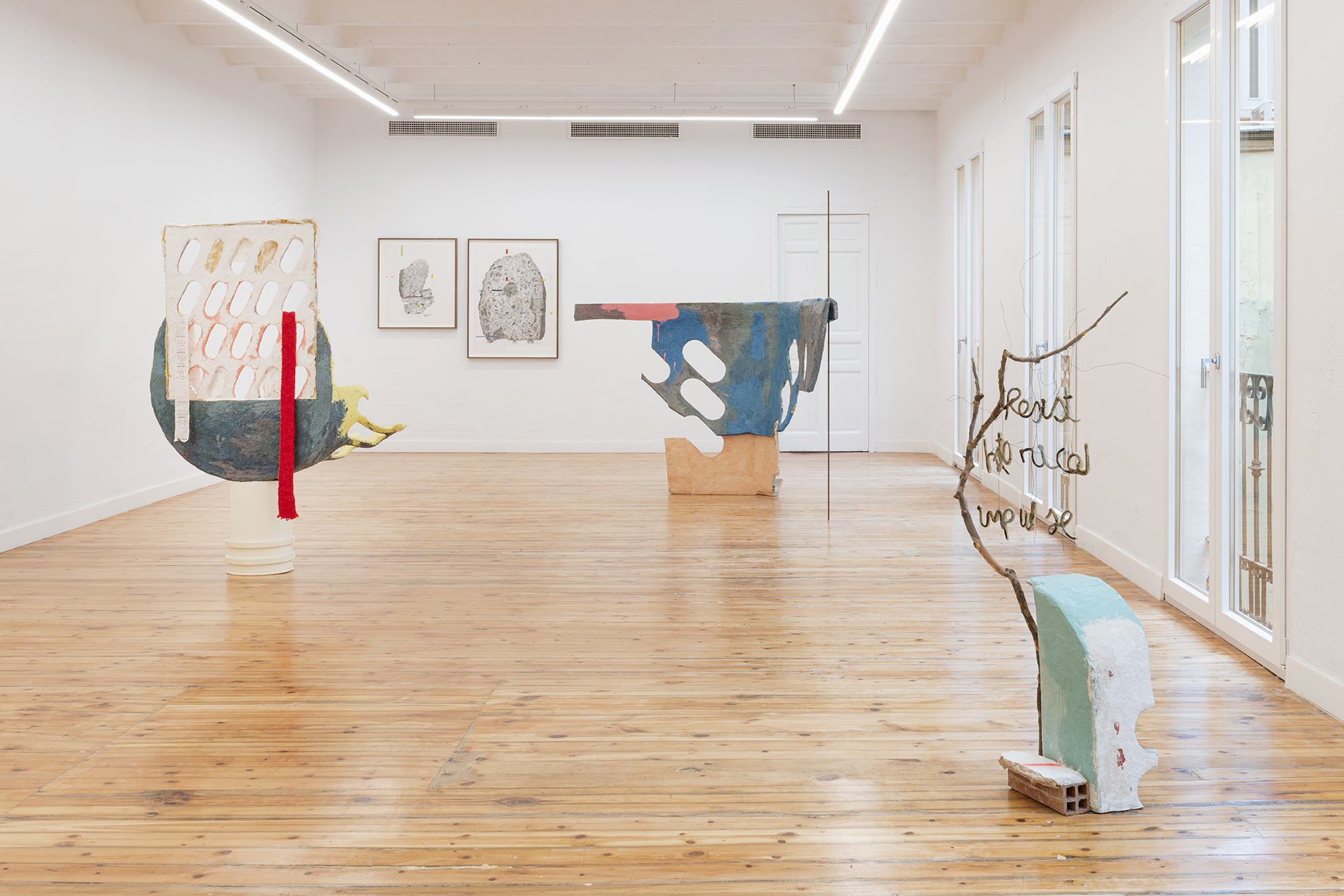
Installation view.

Installation view.

Installation view.
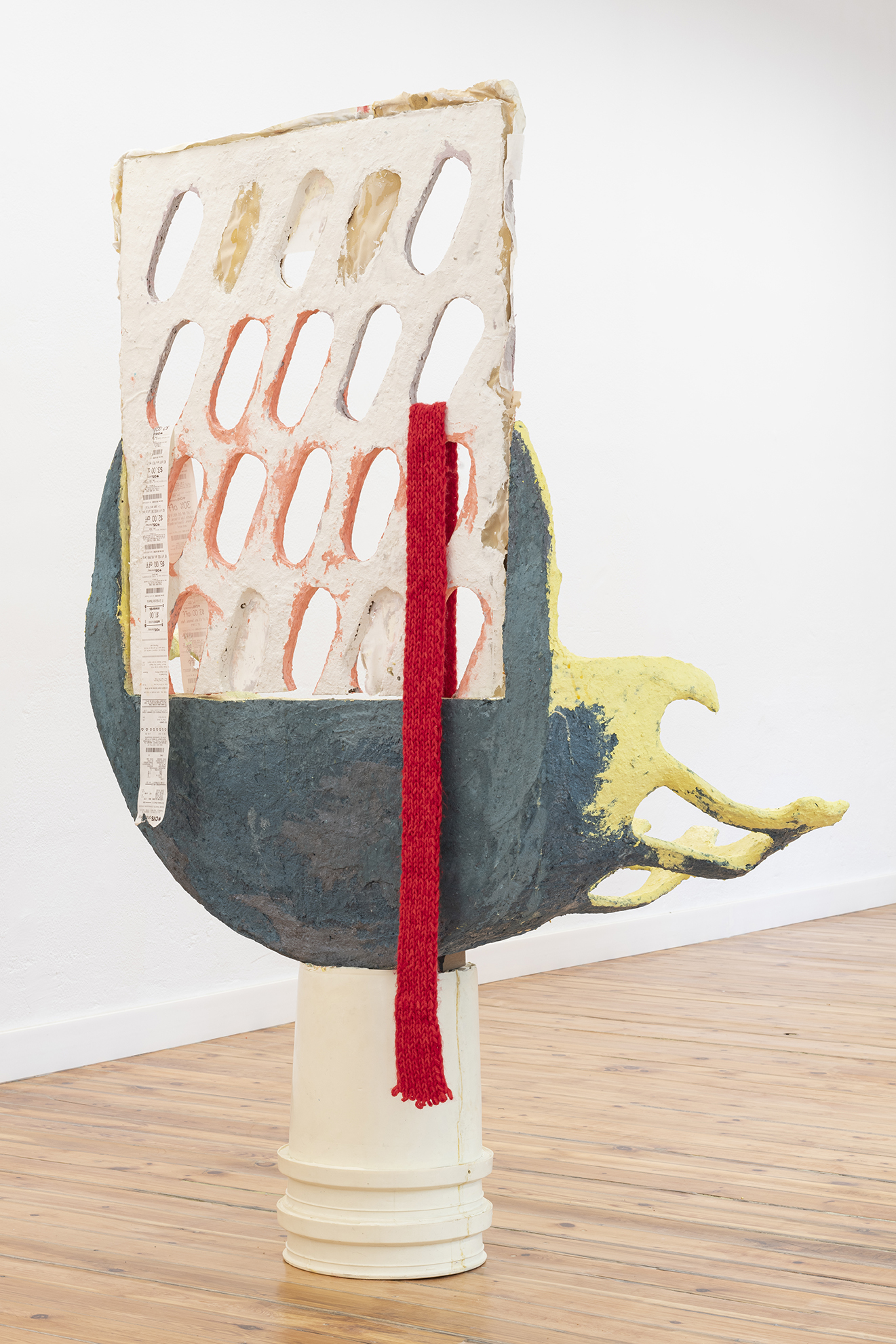
Ester Partegás, 'Crying Sun' (2022)
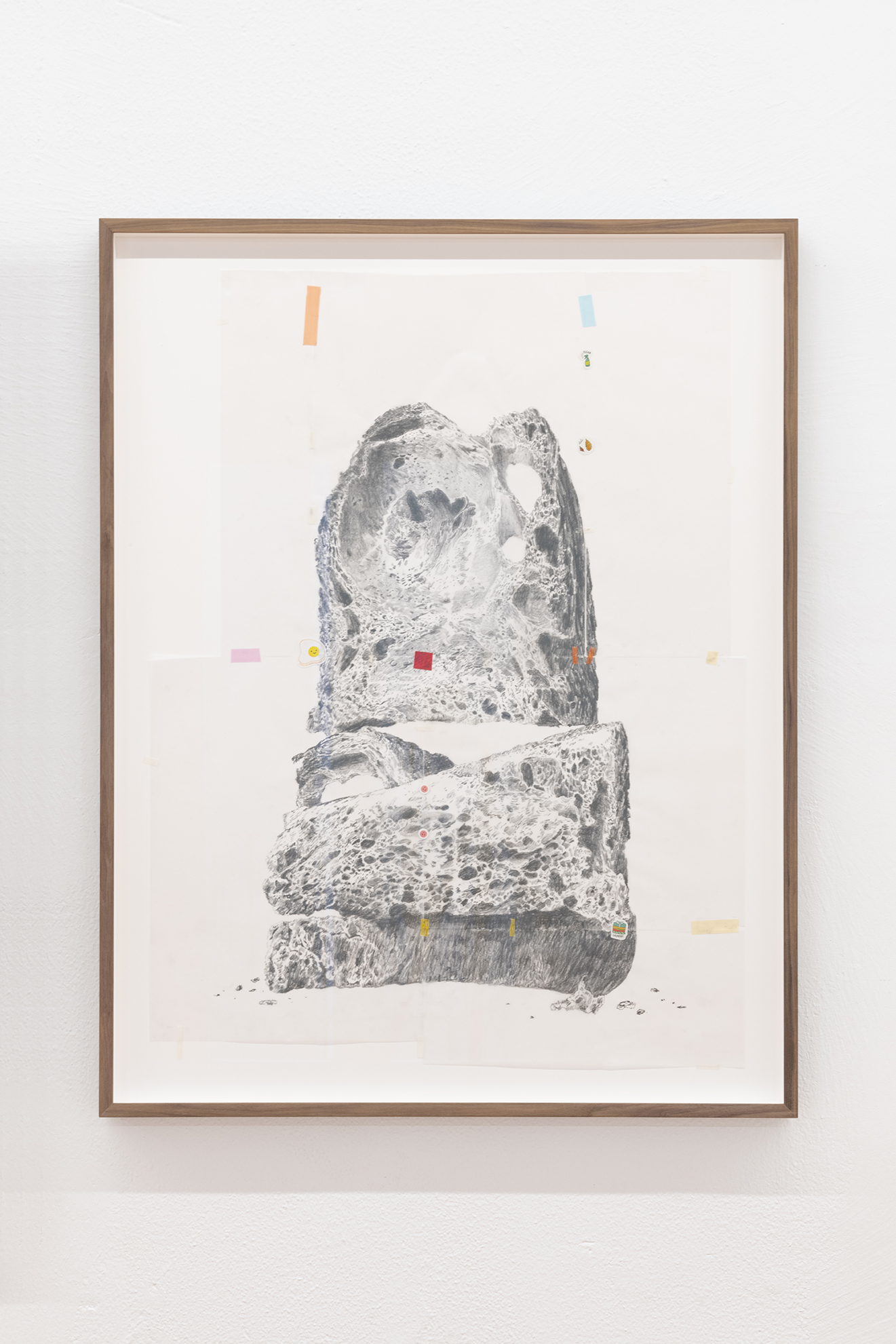
Ester Partegás, 'knead, penetrate, let go (eggsellent day)' (2022)

Ester Partegás, 'knead, penetrate, let go (i'm the boss)' (2022)

Ester Partegás, 'Façana (cistelles)' (2022)
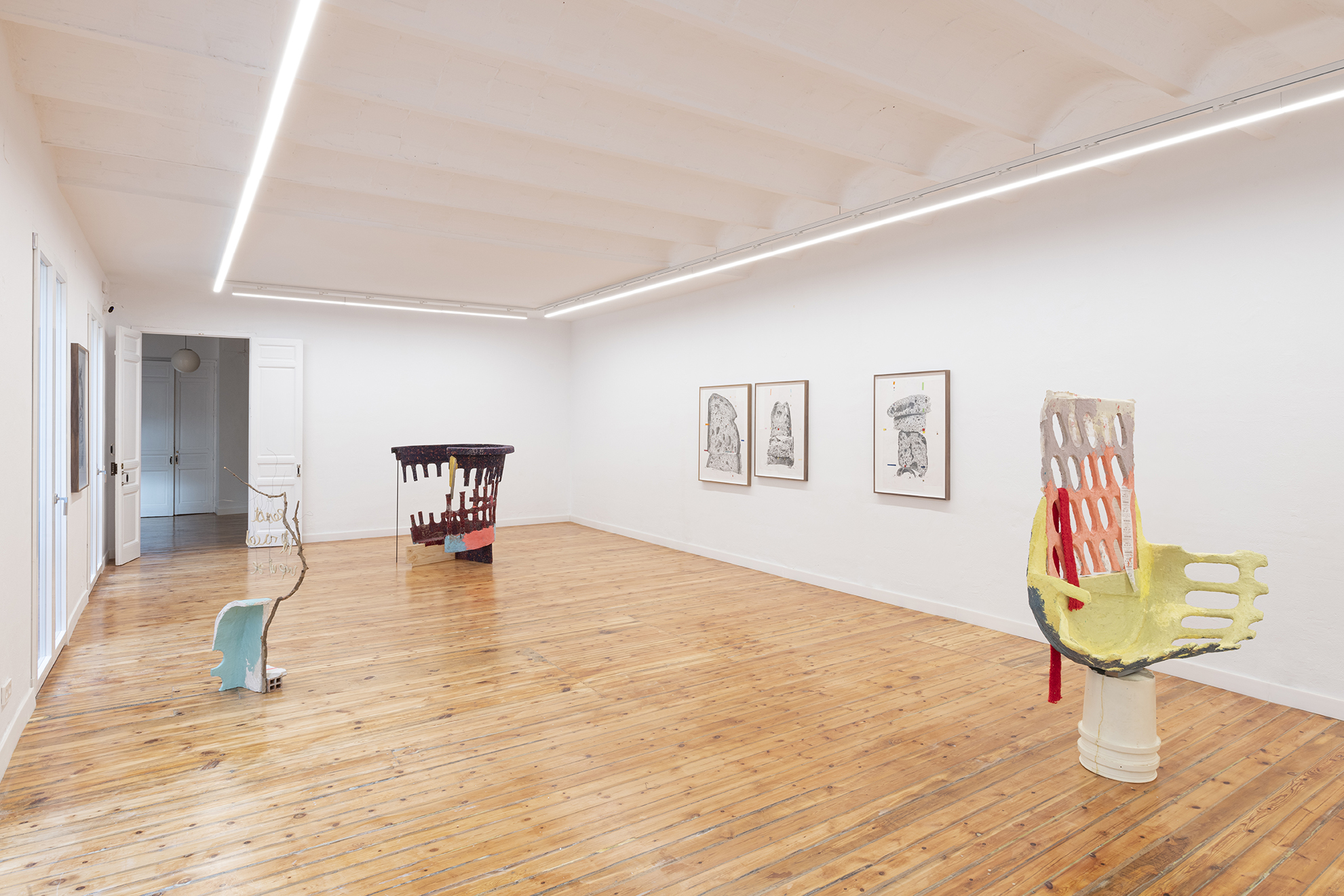
Installation view.

Installation view.
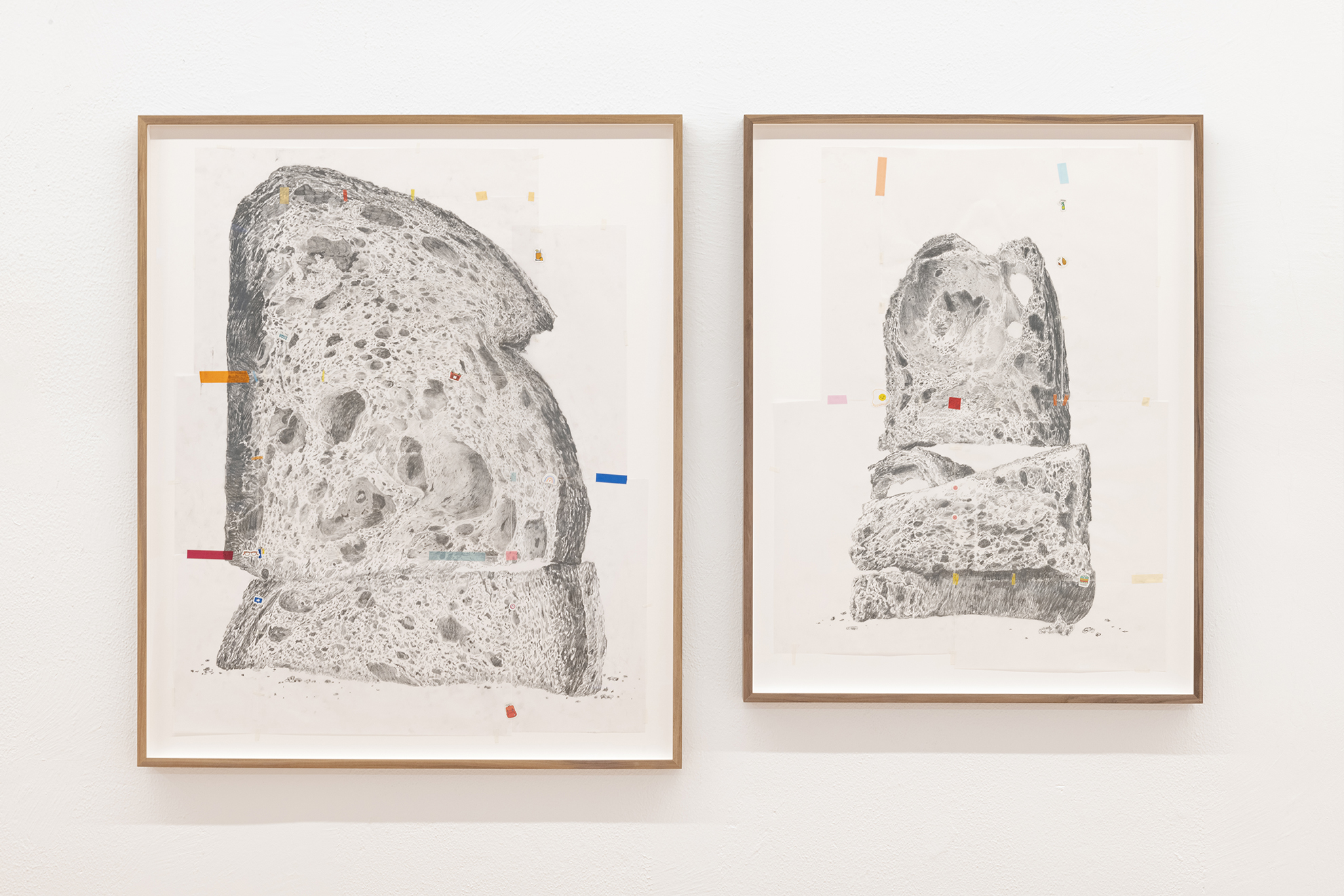
Installation view.
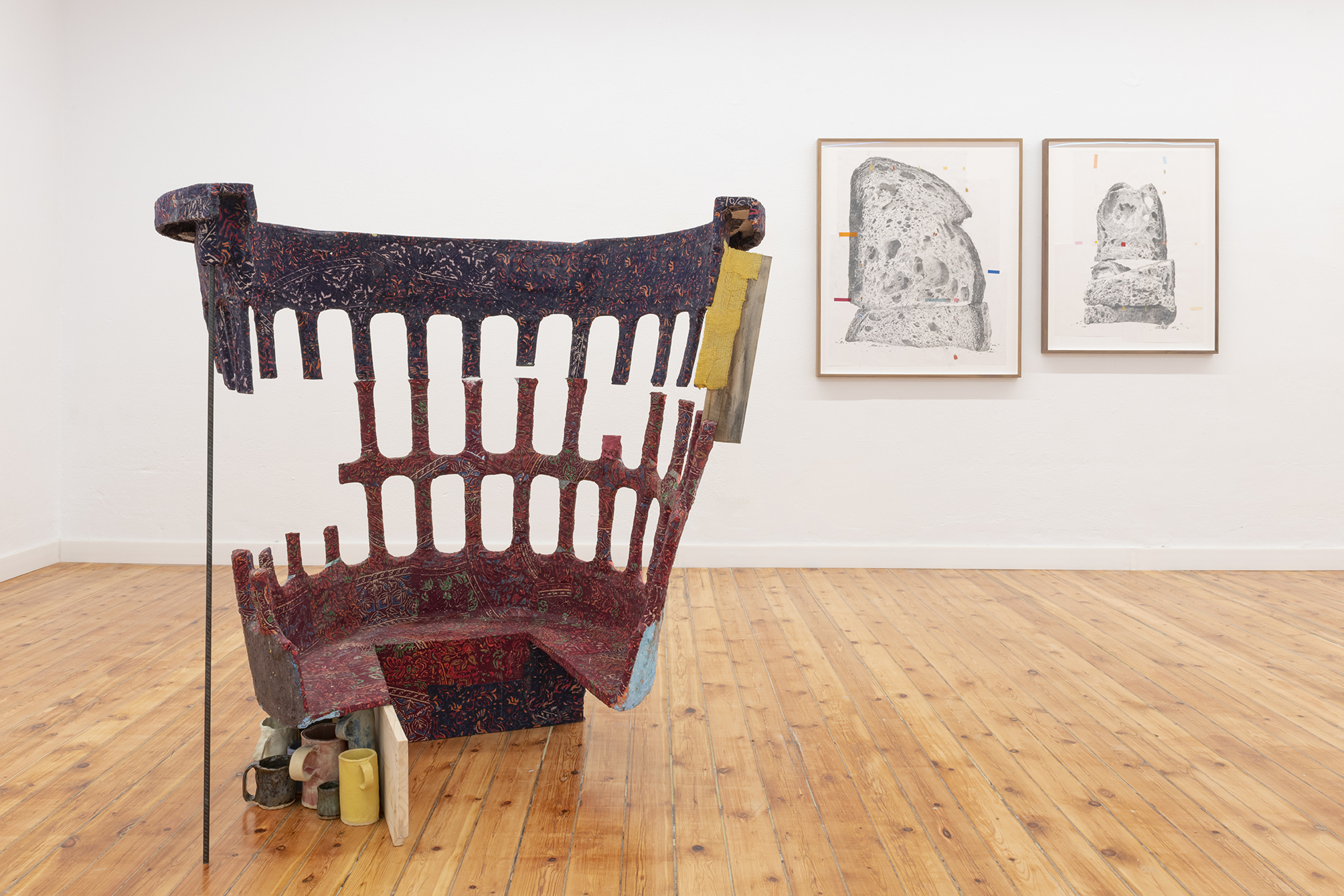
Installation view.

Installation view.
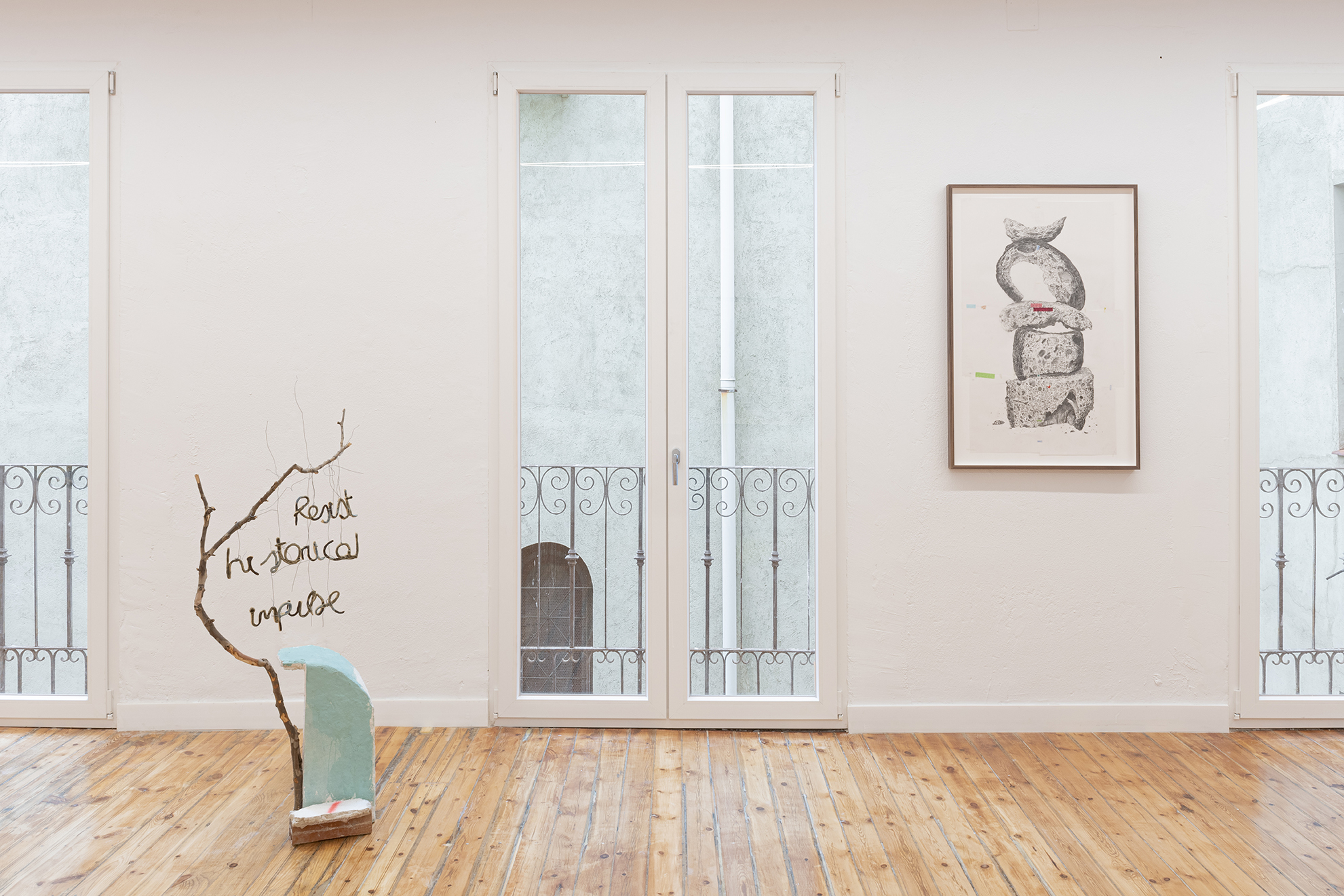
Installation view.
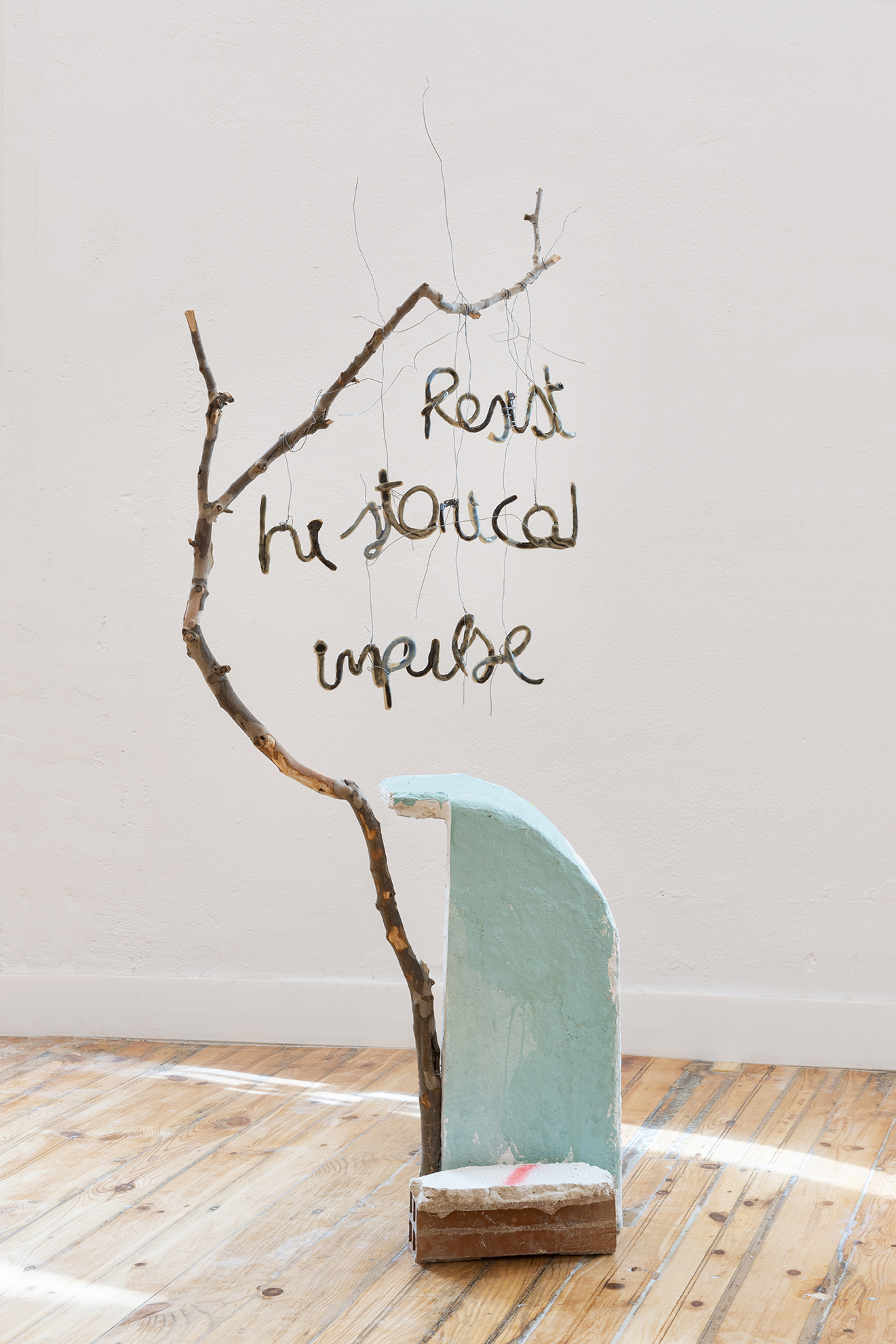
Ester Partegás, 'Resist Historical Impulse' (2022)
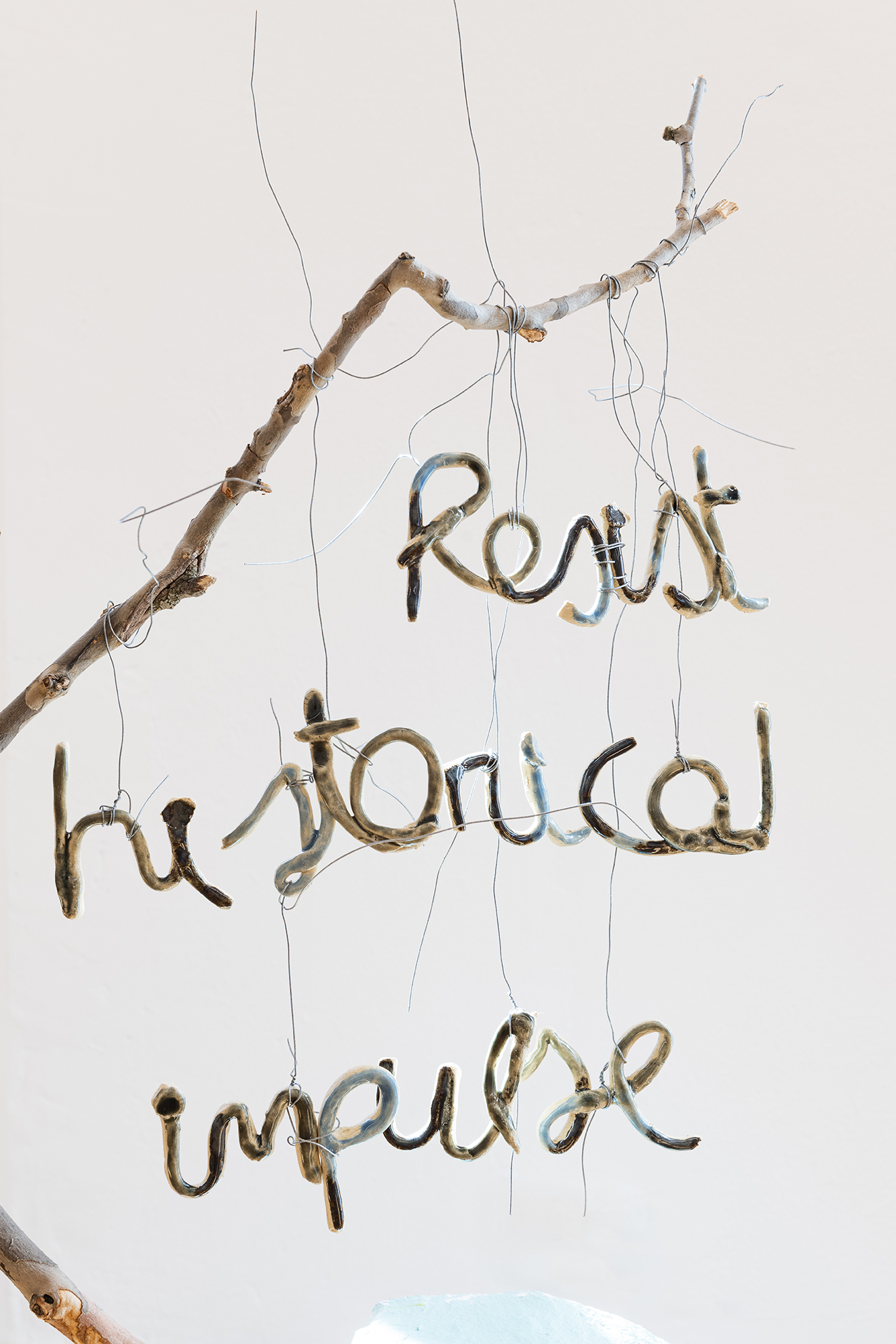
Ester Partegás, 'Resist Historical Impulse' (2022)

Installation view.
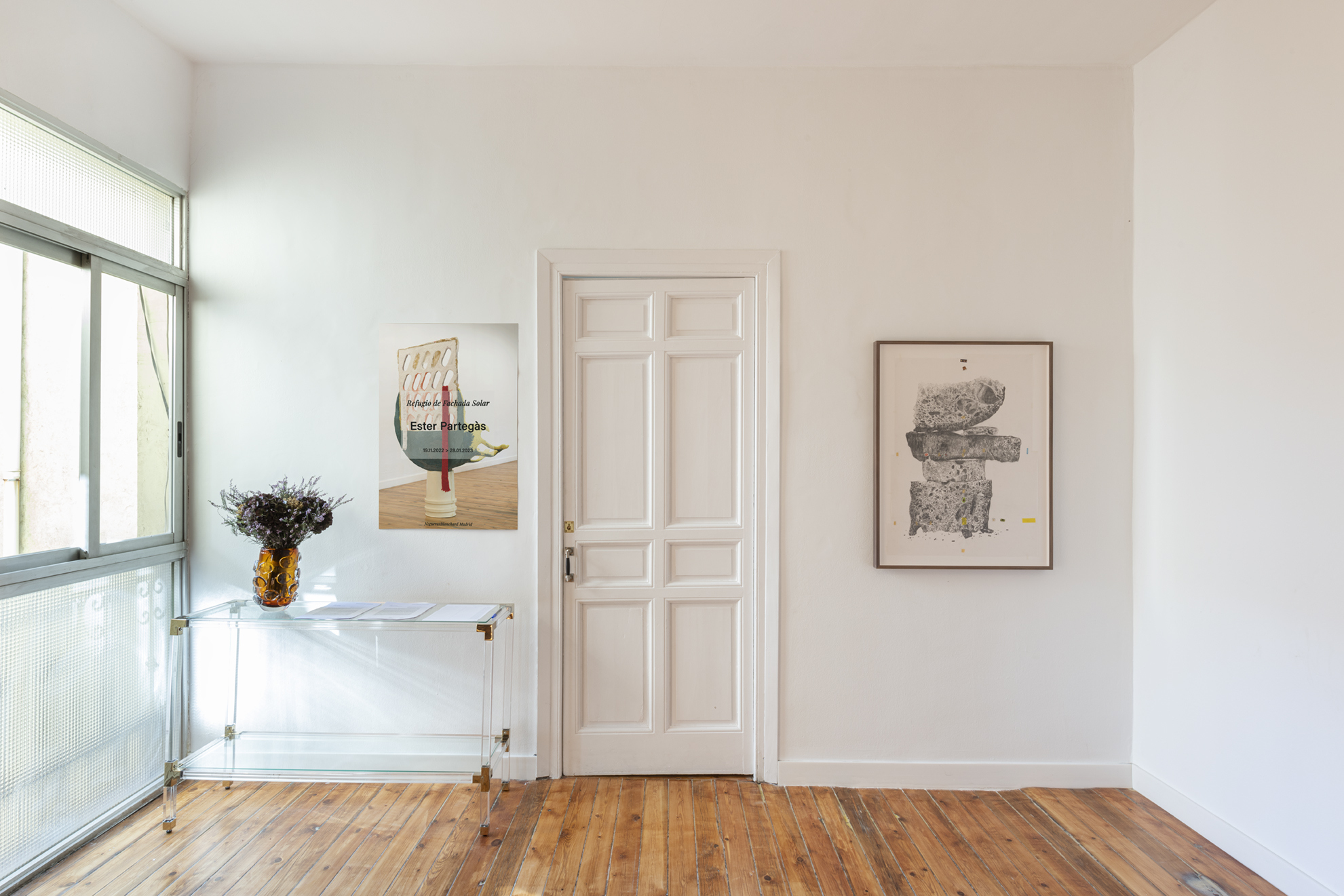
Installation view.
NoguerasBlanchard is delighted to announce Refugio de Fachada Solar [Shelter for a solar façade], Ester Partegàs' fifth exhibition at the gallery. With a formal vocabulary that incorporates sculpture, painting, image and text, Partegàs focuses her work on ubiquitous objects and spaces that are part of our daily lives. Thus, residues resulting from our everyday interactions —plastic bags, food packaging, supermarket tickets...— are employed by the artist to explore a dynamic and unstable space that simultaneously enjoys and laments the engagements of contemporary culture.
The exhibition Refugio de Fachada Solar, presents a new series of sculptural works titled Baskets, reproducing large-scale laundry baskets —Shelter (2022), Façana (2021), and Crying Sun (2022)—. The artist approaches the basket, that ordinary tool associated with the female body and work, as a kind of black hole of the domestic universe, in which what is stained and dirty is deposited, what is not wanted to be seen, unmemorable. Using simple materials such as papier-mâché, wood, fabric, painted in acidic and melancholic colors, Partegàs assembles architectural hybrids that play at building and deconstructing, breaking and repairing; aggregated and precariously assembled shapes that look like a place of shelter could collapse, becoming a trap or a jail. The sculptures are traversed by exaggerated portholes that emphasize the porosity of the form, a form that in turn rests on other porous bodies, capable of absorbing (sponges, cloths, rags...), embracing (clothing) and containing (cups) other bodies. Thus, these works combine tenderness and aggressiveness, destruction and care, vitality and impermanence. While they betray their promise of organization and order, and by extension, our intimate notions of safety and security, they embody future ruins.
Ester Partegàs' architectural desire to shape the space that surrounds us, gives rise to the new series of drawings entitled knead, penetrate, let go (2022), produced in Rome during her residency at the American Academy. "I want to bring together bread and stone as an essential building block, as an architecture that constructs life, one is permanent and the other impermanent and becomes us”. Using tracing paper, charcoal stains are articulated to form the pores of a piece of bread, which in turn is playfully piled on top of other pieces of bread that display their spongy, seductive entrails, almost inviting us to take refuge in them. The faint, delicate paper is supported by children's stickers, those mundane and seemingly unimportant, domestic little things that speak of care and the small things of everyday life. That which is vulnerable can be the most important foundation.
